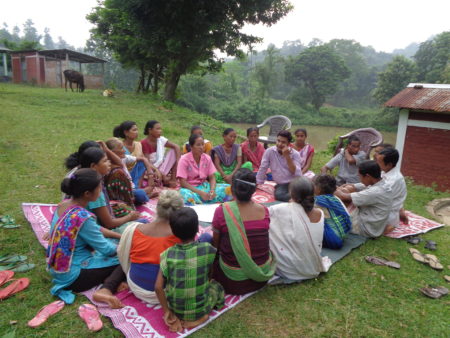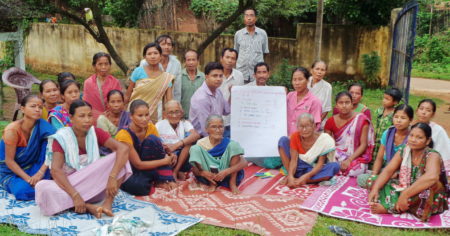
Since we announced our first avoidable blindness-free village in 2014, it’s no secret that Operation Eyesight’s work takes place at the community level. That’s where ending avoidable blindness begins, as part of our approach to provide education about eye health and create lasting eye health care.
But as we’ve learned, it isn’t enough to simply approach a community with these objectives. In the past, when we’ve done this, decisions were largely made by our partner hospitals on behalf of the people living in the community. This turned out to be a major barrier to achieving our objectives. We’ve realized that community participation in any project is a critical part of the program.
Upper Tepesia in India’s Assam state is a great example of this approach, which we call Participatory Approach to Community Eye Health (PACEH). In this village, like in other communities, staff members from Operation Eyesight and hospital partners visited the area to understand the actual needs of the community and seek the community’s input.
This input is combined with data about the prevalence of blindness, socio-economic status and eye care availability and is used to tailor our approach. We were pleased to declare Upper Tepesia an avoidable blindness-free village on September 10, 2015!
We also follow PACEH when it comes to Vision Centres, which are permanent, staffed eye care service centres. When establishing a Vision Centre, there is a long list of criteria we use, but our staff also visit the location and meet with community members. This ensures our Vision Centres are placed for maximum effectiveness.

Because we believe in involving communities in the design and implementation of projects that impact their wellbeing, we use PACEH in all of our Indian projects. With PACEH and our donors’ support, we’ll help make many more villages like Upper Tepesia free of avoidable blindness!
We hope you will consider ‘adopting’ a community’s eye care needs today. Thank you for your support as we work to eliminate avoidable blindness once and for all!

